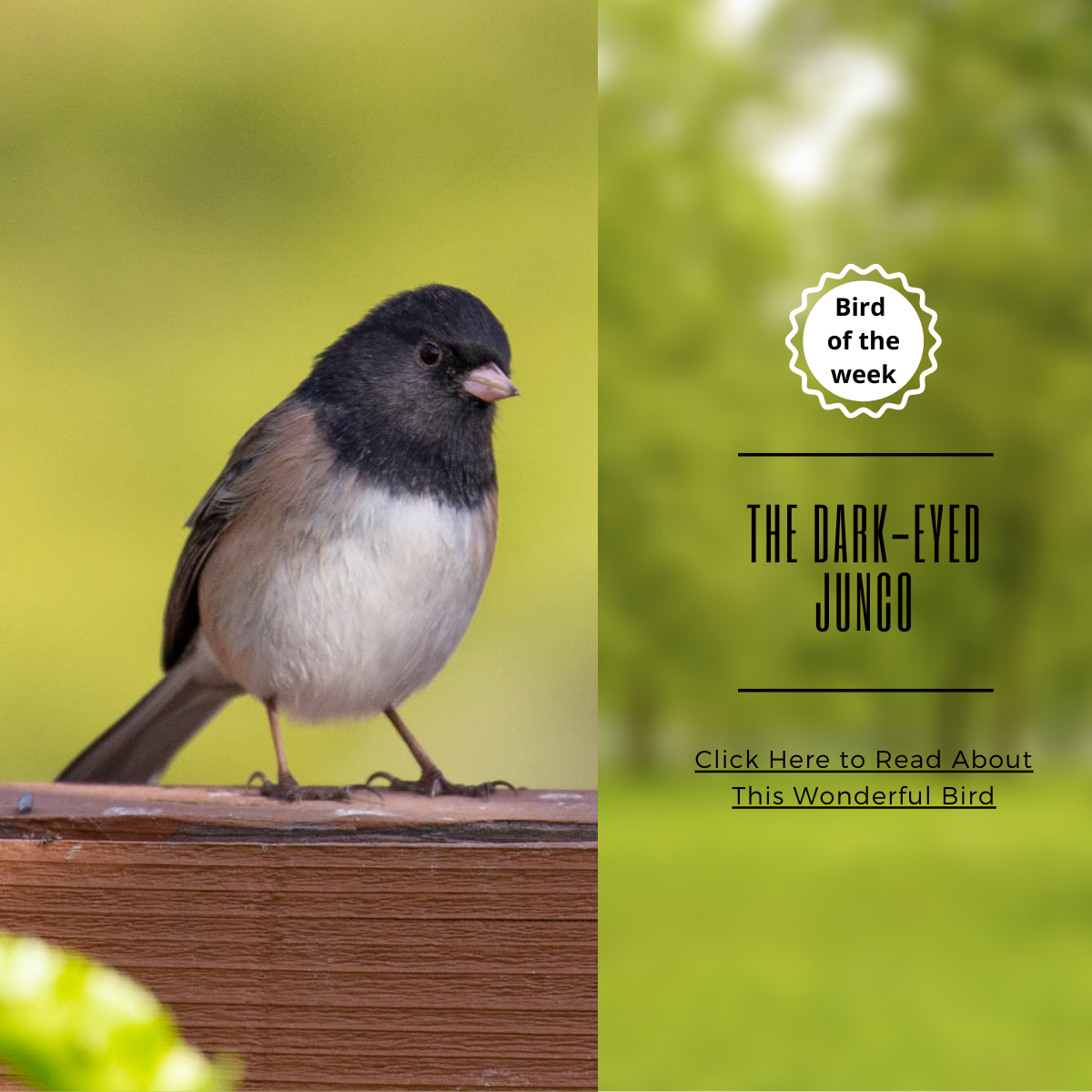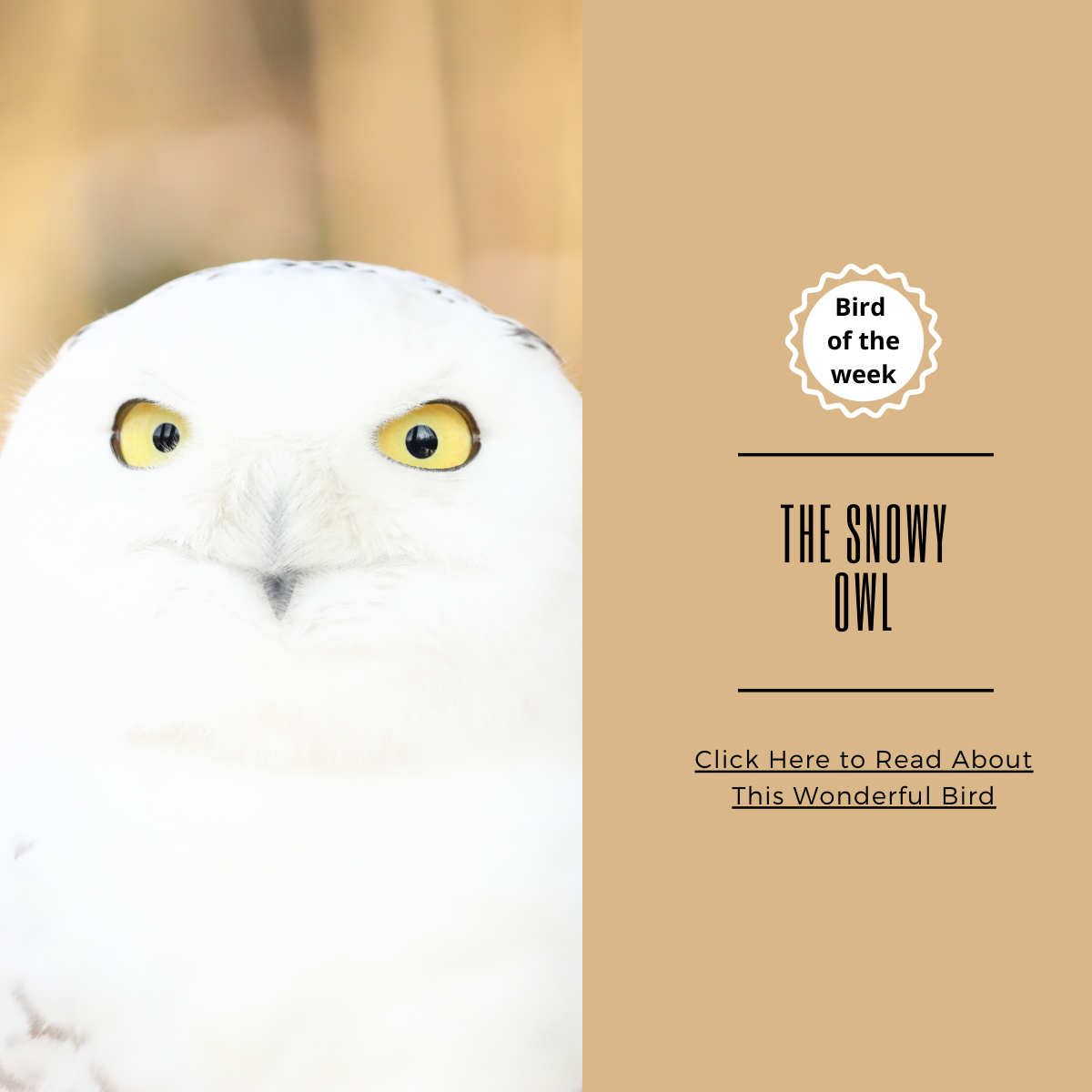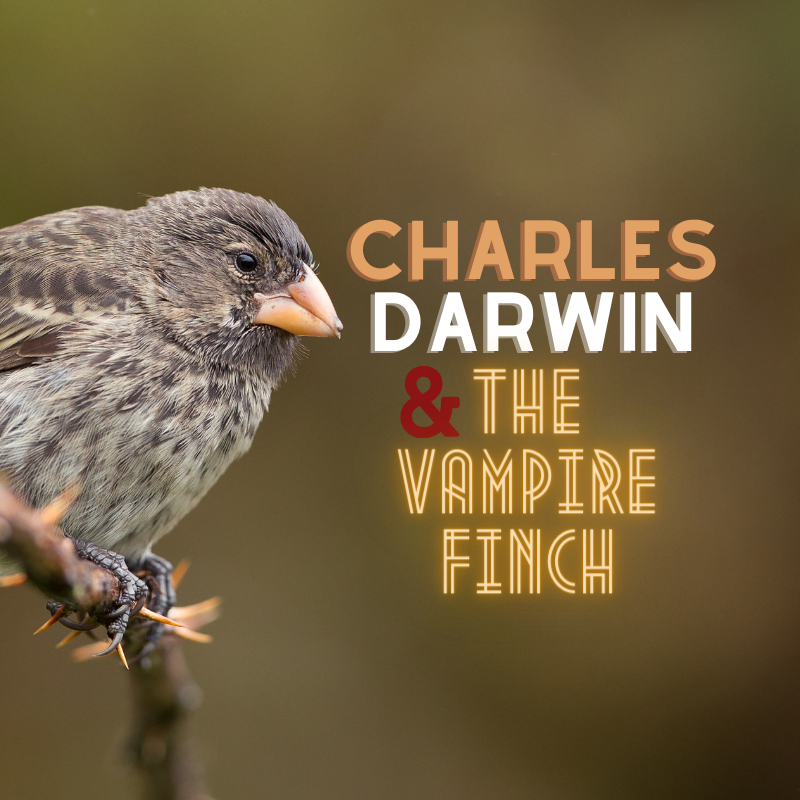
We are now in the depth of winter, which means that your bird feeders are crowded with foreign travelers.
One international visitor to expect is most likely the dark eyed junco, called snow-bird because in the end of fall, when you see one, it means winter is coming, and snow will likely follow.
Junco is the Spanish word for “rush” derived from the Latin word “juncus.“ That gives you an idea of how energetic this bird is. Hyemalis is the Latin word for "of the winter" so essentially this is a winter bird who’s always in a rush!
These exhibitionist-like sparrows don’t walk but hop around the forest floor in the western mountain regions, Canada and as far north as the Arctic. Come winter, they flock south with other species such as warblers, other sparrows and bluebirds. And boy do they make an entrance! They are the most abundant forest songbirds in North America, so much so that their population now stands at more than 630,000! That’s a crowd for you.
Dark-eyed juncos live in small flocks of around 15 to 25 birds during the cold season. Each flock has a strictly organized hierarchy, occupying a territory of up to 10-12 acres.
Their flight to North America is according to the pecking order. The higher the bird in the hierarchy, the earlier it will arrive to find the best winter territory. To claim it, they sing as loud as they can from the tops of the tallest trees over a 2-3 acre area.
Males are dominant over females and adults over juveniles, and to show their social status, dominant birds will chase or peck at other birds to shoo them away. And in summer, watch out. You’ll see male juncos chasing away intruders, frantically flapping their wings and calling out with their excited notes.
How excited? Imagine a huge flock flitting around a forest floor. As soon as they feel the slightest threat, the entire flock will suddenly fly up to a tree, chirping with aggravation as they perch themselves on top.
And… while they are there, they will look out for insects in the trunk and branches. But they also flit about the ground, looking for insects under leaves and among the twigs, digging up what they can.
The dark-eyed junco may be only one species, but there are various subspecies with different looks according to their location, Mexico, the USA and Canada. Click here to get a better look of each one. The subspecies fall into five major groups: gray-headed, Oregon, pink-sided, slate-colored and white-winged. Sometimes these subspecies overlap, so look out for different kinds of juncos in your backyard, making it an absolute party to see these festive “rushers” pecking on your feeder and ground.
If you are reading these words in Arizona or New Mexico, you may be lucky to see one additional junco species: the yellow-eyed junco. Like other juncos, however, it is possible to attract them to feeders within their range.

In this blog, I'll be focusing on the slate-colored juncos.
The average dark-eyed junco usually lives between 3 -11 years, depending how good they are at evading predators such as squirrels, hawks, owls etc. The oldest recorded dark-eyed junco was around 11 years and 4 months old.
LOOKS

Dark-eyed juncos are wee little birds that are 6.3 inches long, weighing about 0.7 ounces. Their head, breast and backs are charcoal gray, contrasted with a very white breast and belly. Their tails are dark gray on the middle feathers and white on the outside feathers. And they love spreading them as wide as possible when showing off. And as their name implies, dark-eyed juncos have… well, dark eyes! And if anything, a great way to recognize them is by their small pink bills.
Females are a little bit smaller and browner than males. Juveniles are also browner than males, and have streaks on their breasts.
In case you missed last bird-of-the-week - the Snowy Owl.
EATS
Dark-eyed juncos eat insects, such as caterpillars, beetles and ants, arthropods (especially the juveniles) and weed seeds during fall and winter. When it snows, they excavate the snowy ground in the shape of a small circle to look for grains. Essentially, great natural pesticide.
To get to the grass seed, a dark-eyed junco will hop onto the top of a grass blade until it bends to the ground. The junco will then stand on the ground, holding the blade, and eat its seeds.
BIRD FEEDERS
Dark eyed juncos are a very common sight at bird feeders once they have migrated south, though they prefer to peck for supper on the ground. As grains are their thing, white proso millet, hulled sunflower seeds and chips as well as cracked corn will do the trick.

As ground-feeding birds, they feed best from low platform feeders or open trays. You can also sprinkle the seeds on the ground.
A good idea is to choose a feeder with an oversized roof to keep rain and snow off the seeds. Or maybe lay the feeder under a table or roof, so the seeds don’t go bad.
As grass seeds are some of their favorite foods, planting ragweed and chickweed along with coneflowers and marigolds will provide natural seed sources.
Leaving leaf litter intact in the autumn will also preserve natural food sources to attract these birds easily.
SOUND
Only male dark-eyed juncos sing. Their repertoire ranges from a warbling chirp to show mastery over their territory to a loud trill when fighting or scolding each other. However, they usually are happy to just sing a simple song.
DARK-EYED LOVE
When a male courts a female, he sings from the top of the tree to attract her, fanning his wings and tail wide open, hopping up and down, picking up pieces of nest material or moss. The more white is visible on his tail, the better his chances with the female.
By mid-April, couples will have been formed and the nest building will begin. The male will stay no farther than 160 feet away from his mate.
Each couple mates for life and will produce 2-3 broods per season.The female builds the nest at the edge of a forest opening, usually hidden under grass, a log, a rock or an upturned tree root. The nest will be used once per season.
The female junco uses her body to give it shape and weaves moss, grass and other materials with her beak for the nest itself. It can be just grass or pine needles for the simple version, or scaled up to twigs, leaves and moss in the bottom lined with a comfy layer of moss, ferns and hair.
It takes her about 3-7 days to build and 11-13 days to incubate. The female usually lays 3-6 turquoise eggs with mud-looking spots. Both parents feed the chicks with regurgitated food and soft meaty insects like caterpillars. The female incubates the eggs and broods the chicks after they hatch - but when it comes to protection, both parents defend the nest from predators as well as keep it hygienic, “flushing the nest” by removing fecal sacs.
After 9-11 days, the little ones will leave the nest and after a year, will start breeding themselves.
FUN FACTS
Staying warm
When winter descends, Juncos grow down jackets. Their feathers are 30% heavier than in the summer.
Extinction in Guadalupe
The Guadalupe junco of Guadalupe island in Mexico is now endangered. There may be fewer than 100 left in the world.
White tail flash!
When a dark-eyed junco exposes his white tail feathers, it is to alarm the rest of the flock that danger is imminent.




1 comment
Karen Schalow
The Junco’s have been nesting in a helmet we have hanging under our deck for years.
They follow us around the yard, sit on the deck railing chirping at us and hop around close to us. They are like family. As soon as they see us they left us know they are close and at times tease our dog to see if it will give chase.
We really enjoy their presence.
Leave a comment
All comments are moderated before being published.
This site is protected by hCaptcha and the hCaptcha Privacy Policy and Terms of Service apply.